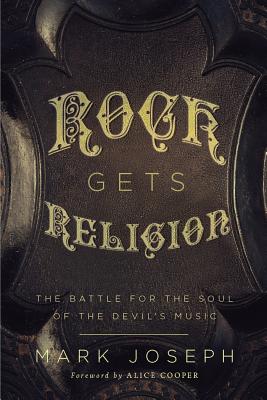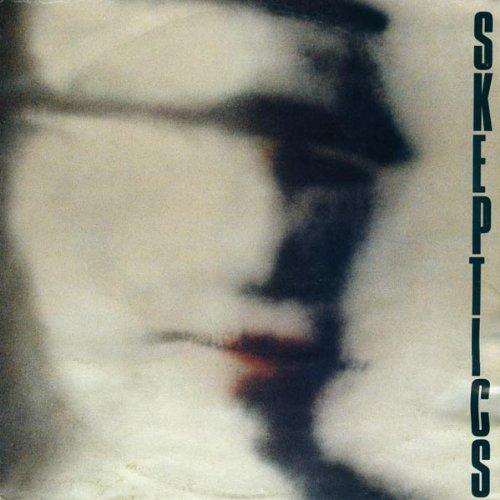
Harper, Colter
product information
description
ttsburgh's Hill District was the heart of the city's Black cultural life and home to a vibrant jazz scene. In Jazz in the Hill: Nightlife and Narratives of a Pittsburgh Neighborhood, Colter Harper looks at how jazz shaped the neighborhood and created a way of life. Beyond backdrops for remarkable careers, jazz clubs sparked the development of a self-determined African American community. In delving into the history of entrepreneurialism, placemaking, labor organizing, and critical listening in the Hill District, Harper forges connections to larger political contexts, processes of urban development, and civil rights struggles. Harper adopts a broad approach in thinking about jazz clubs, foregrounding the network of patrons, business owners, and musicians who were actively invested in community building. Jazz in the Hill provides a valuable case study detailing the intersections of music, political and cultural history, public policy, labor, and law. The book addresses distinctive eras and issues of twentieth century American urban history, including notions of "vice" during the Prohibition Era (1920-1934); "blight" during the mid-twentieth century boom in urban redevelopment (1946-1973); and workplace integration during the civil rights era (1954-1968). Throughout, Harper demonstrates how the clubs, as a nexus of music, politics, economy, labor, and social relations, supported the livelihood of residents and artists while developing cultures of listening and learning. Though the neighborhood has undergone an extensive socioeconomic transformation that has muted its nightlife, this musical legacy continues to guide current development visions for the Hill on the cusp of its remaking.
member goods

Funk Shui Debut Album: True
Recorded in the Spring of 2004, True is Funk Shui's debut album. Considered among the best of
$10.00
Funk Shui Debut Album: True
Back in 2003, I created a group known as Funk Shui, a Jazz, RnB, Funk and Rock group based in
$10.00Return Policy
All sales are final
Shipping
No special shipping considerations available.
Shipping fees determined at checkout.







